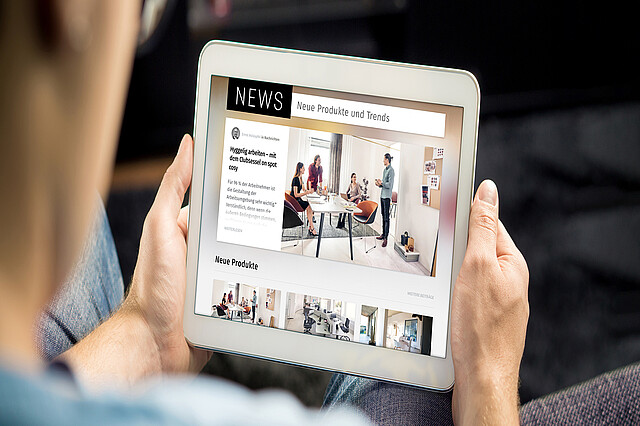"I prefer to go to the office because ...
- Project management support: Offices often have specialised teams and technologies that help to plan and execute projects efficiently.
- Suitable workplace: Offices offer ergonomically designed workstations that are optimised for concentrated work and long working hours.
- Socialising and belonging: The social aspect of office life should not be underestimated. This is where networks and a sense of community are created.
- Technology and equipment: Modern offices are equipped with the latest technology and infrastructure to make work easier.
- Cost savings: There are no additional costs for basic catering and rent in the office.
- Additional amenities: Offices often offer amenities such as canteens, fitness rooms and break areas.
- Joint activities: Shared lunches, team-building events and meetings promote cohesion and teamwork.
- Visibility with bosses: Presence in the office increases visibility with superiors, which can be beneficial for career development.

"I prefer to go to other places because ..."
- Suitable workplace: co-working spaces and home offices can be individually designed and adapted.
- Socialising and belonging: networks are also created outside the office, often in a more informal atmosphere.
- Technology and equipment: mobile technologies make it possible to work from almost anywhere.
- Cost savings: working from home or in local co-working spaces can save on travel and commuting costs.
- Independence: Many people appreciate the greater autonomy and the opportunity to organise their work themselves. Flexible working hours allow for a better work-life balance.
- Informal atmosphere: external locations often offer a more relaxed and creative working environment.
- Change of environment: Changing work locations can help to escape monotonous routines and increase creativity.

The role of the office as a community centre
According to the “Collaboration & Beyond” study, the main reasons for employees' desire to return to the office are the need for exchange, decision-making, creativity and learning. These activities emphasise the important role of teams and the need to share a common space with colleagues.
At its best, the office is designed as a “community centre” aimed at attracting and retaining the best talent. It provides spaces and opportunities for social, educational and recreational events, strengthens a sense of community and supports the personal health and wellbeing of employees. An example of this is CBRE's 'The Henrietta House' offices in London, which offer family rooms and a variety of spaces for meetings and public presentations.

Flexibility and hybrid working models
Regardless of the strategy a company chooses - be it “virtual-first”, “office-occasional” or “office-first” - the need to ensure flexibility, collaboration and freedom of choice between the office, remote locations and home remains. The example of Dropbox, which has transformed traditional office spaces into “studios”, shows what modern working environments can look like: Spaces that are tailored to collaboration and individual needs.
The choice of workspace depends on many factors that reflect both personal preferences and professional requirements. Companies need to recognise these needs and offer flexible solutions to promote employee satisfaction and productivity. Whether in the office or elsewhere, the aim is to create an environment that supports both efficiency and employee wellbeing.
You can find out more about this topic in the latest Sedus INSIGHTS.
social media channels:


